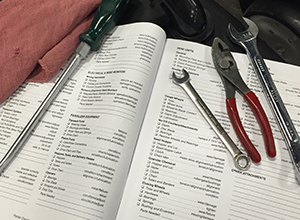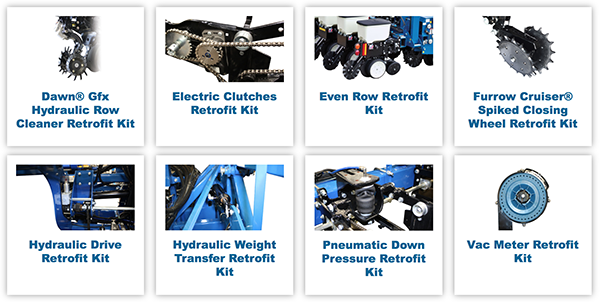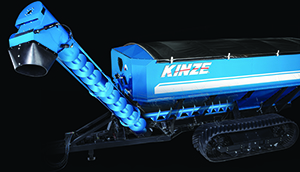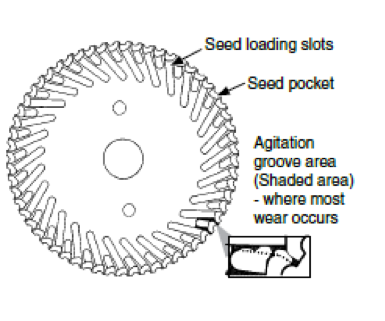Rugged terrain, heavy crop residue and soil compaction are challenges for all farmers using no-till planting methods. Yet, more and more farmers are moving to no-till practices, lured by higher yield potential. If done right, no-till planting can control soil erosion, reduce fuel and labor costs by eliminating extra trips...





